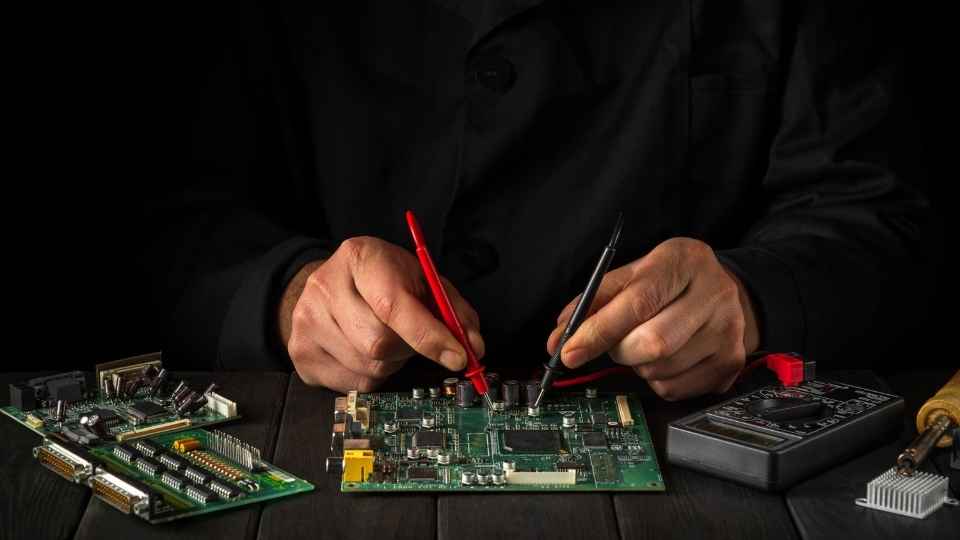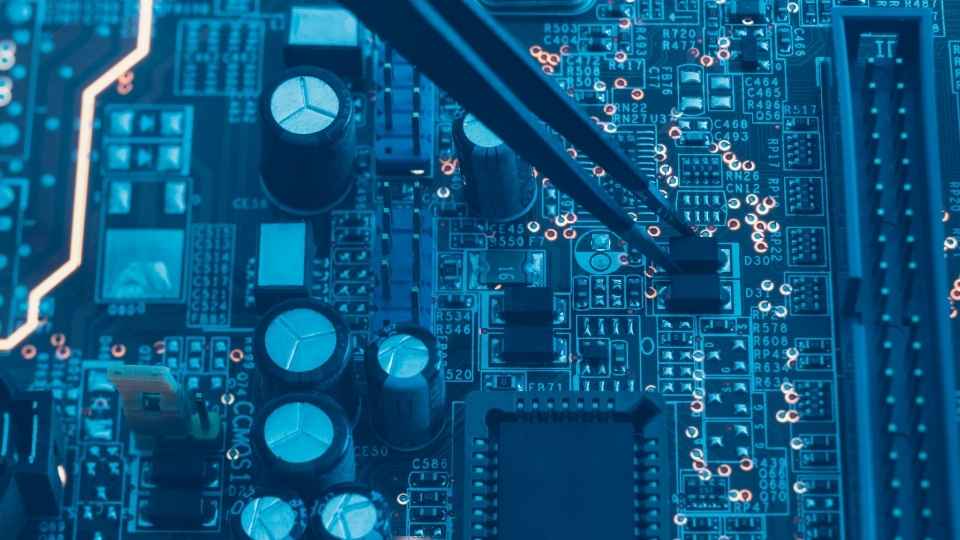
In a world where technological advancements continue to shape our daily lives, consumer electronics designers play a crucial role in creating innovative and groundbreaking IoT products.
By combining their technical expertise with an understanding of consumer needs and cutting-edge technologies, these designers have the power to revolutionize the way we interact with technology.
In this article, we will explore the key steps involved in designing the next big IoT product, from identifying consumer pain points to navigating challenges in product development.
Join us as we delve into the exciting realm of consumer electronics design and discover how you can bring your ideas to life in this fast-paced industry.
Key Takeaways
- Staying up-to-date with IoT industry trends is vital
- Thorough research is necessary to identify consumer needs and pain points
- Being aware of cutting-edge technologies and trends is crucial
- Designing for seamless integration and connectivity
Understanding the IoT Landscape
To effectively innovate the next big IoT product, it is crucial to have a deep understanding of the ever-evolving landscape of Internet of Things. The IoT landscape encompasses a vast network of interconnected devices that communicate and share data with each other. This network includes various technologies such as sensors, actuators, communication protocols, and cloud computing platforms. Understanding these technologies is essential for designing innovative IoT products that can seamlessly integrate into this ecosystem.
Additionally, staying up-to-date with the latest trends and advancements in the IoT industry is vital. New technologies are constantly being developed, enabling more efficient data collection and analysis, improved connectivity options, and enhanced security measures. By keeping track of these developments and understanding how they can be leveraged in product design, consumer electronics designers can create cutting-edge IoT solutions.
Identifying Consumer Needs and Pain Points
By understanding the needs and pain points of potential users, a successful IoT product can be developed. Consumer electronics designers must conduct thorough research to identify these needs and pain points, as they form the foundation for innovative solutions.

This entails gathering feedback from target users through surveys, interviews, and usability testing. By analyzing this data, designers can gain insights into user preferences, challenges, and frustrations. These findings enable them to create products that address specific pain points and provide valuable solutions.
For example, an IoT product designed for elderly individuals may focus on improving safety and convenience in their daily lives. By identifying their unique needs such as remote monitoring or automatic medication reminders, designers can develop a user-centered solution that enhances quality of life while maintaining freedom and independence.
Exploring Cutting-Edge Technologies and Trends
Exploring the latest advancements and emerging trends in technology is crucial for staying at the forefront of innovation. As a consumer electronics designer, it is essential to be aware of cutting-edge technologies and trends that can shape the future of IoT products.
One such trend is the rise of artificial intelligence (AI) and machine learning (ML), which are enabling devices to become smarter and more intuitive. The Internet of Things (IoT) itself is expanding rapidly, with connected devices becoming more prevalent in our daily lives. Additionally, advancements in virtual reality (VR) and augmented reality (AR) offer new possibilities for immersive experiences.
Keeping up with these developments allows designers to leverage these technologies to create innovative products that meet consumer needs and desires.
Transitioning into the subsequent section on designing for seamless integration and connectivity, understanding these cutting-edge technologies will enable designers to envision how they can be integrated into a cohesive ecosystem that offers a seamless user experience.
Designing for Seamless Integration and Connectivity
Designing for seamless integration and connectivity requires a deep understanding of how different technologies can work together harmoniously to enhance the overall user experience. As a consumer electronics designer, it is crucial to consider the interoperability between various IoT devices and platforms to create a cohesive ecosystem. This involves integrating protocols such as Bluetooth, Wi-Fi, Zigbee, or Z-Wave to enable smooth communication between devices. Additionally, incorporating cloud services and APIs allows for remote control and data synchronization across multiple devices.

To achieve seamless integration and connectivity, designers must pay attention to factors like power consumption, security measures, and compatibility with existing systems. By leveraging standards-based architectures and following industry best practices, designers can ensure that their products seamlessly interact with other smart devices in the market.
Transitioning into the next section on navigating challenges in IoT product development, it is important for designers to be prepared for potential obstacles that may arise during the process.
Navigating Challenges in IoT Product Development
Successfully navigating the challenges in IoT product development requires a thorough understanding of potential obstacles and implementing effective strategies to overcome them. In this rapidly evolving landscape, it is crucial for consumer electronics designers to stay ahead of the curve and deliver innovative products that meet the needs of today's connected world.
Here are three key challenges that need to be addressed:
Security: With the increasing number of connected devices, ensuring robust security measures is paramount. Designers must implement strong encryption protocols and authentication mechanisms to protect user data from cyber threats.
Interoperability: The IoT ecosystem consists of various devices, platforms, and protocols. Achieving seamless interoperability between different components can be challenging. Designers should focus on standardization efforts such as using open APIs and adhering to industry-wide protocols.
Scalability: As the number of connected devices continues to grow, scalability becomes a critical factor. Designers must develop scalable architectures that can handle large volumes of data without compromising performance or reliability.

Frequently Asked Questions
What Are the Current Challenges in Iot Product Development and How Can They Be Overcome?
The current challenges in IoT product development include security concerns, interoperability issues, and scalability. These can be overcome by implementing robust encryption protocols, standardized communication protocols, and conducting thorough testing and validation processes.
How Can Consumer Electronics Designers Ensure Seamless Integration and Connectivity in Their Iot Products?
Consumers' desire for seamless integration and connectivity in IoT products necessitates that consumer electronics designers prioritize effective design, rigorous testing, and robust communication protocols to ensure a harmonious user experience.
What Are Some Cutting-Edge Technologies and Trends That Consumer Electronics Designers Should Consider for Their Iot Products?
Consumer electronics designers should consider cutting-edge technologies such as 5G, artificial intelligence, edge computing, and blockchain for their IoT products. These trends enable faster connectivity, advanced analytics, enhanced security, and decentralized data management.
How Can Designers Identify the Specific Needs and Pain Points of Consumers in Order to Create Innovative Iot Products?
Designers can identify consumer needs and pain points by conducting market research, analyzing customer feedback, and observing user behavior. For example, a designer could analyze data on energy usage to create an innovative IoT product that helps consumers reduce their carbon footprint.
What Is the Role of Understanding the Iot Landscape in the Process of Designing the Next Big Iot Product?
Understanding the IoT landscape is crucial in designing the next big IoT product. By analyzing market trends, emerging technologies, and consumer demands, designers can identify gaps and opportunities to create innovative solutions that meet the evolving needs of users in this interconnected world.
 Basic Electronics ConceptsEssential ToolsCircuit Design BasicsMicrocontrollersDIY Electronics ProjectsRoboticsPrivacy PolicyTerms And Conditions
Basic Electronics ConceptsEssential ToolsCircuit Design BasicsMicrocontrollersDIY Electronics ProjectsRoboticsPrivacy PolicyTerms And Conditions
